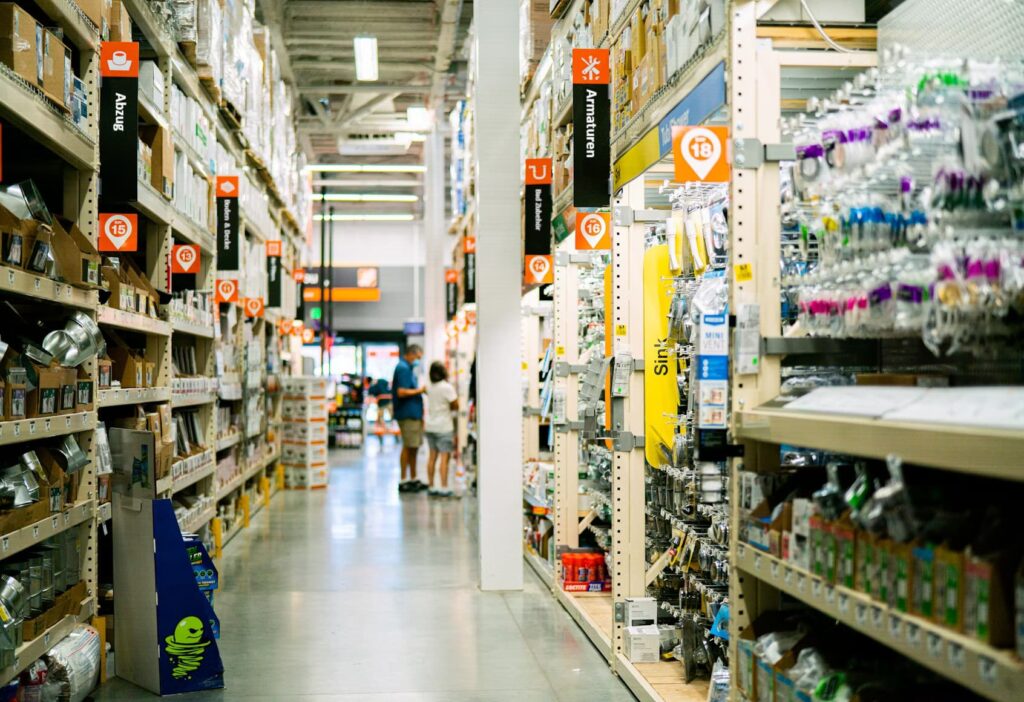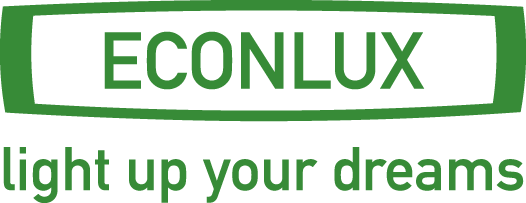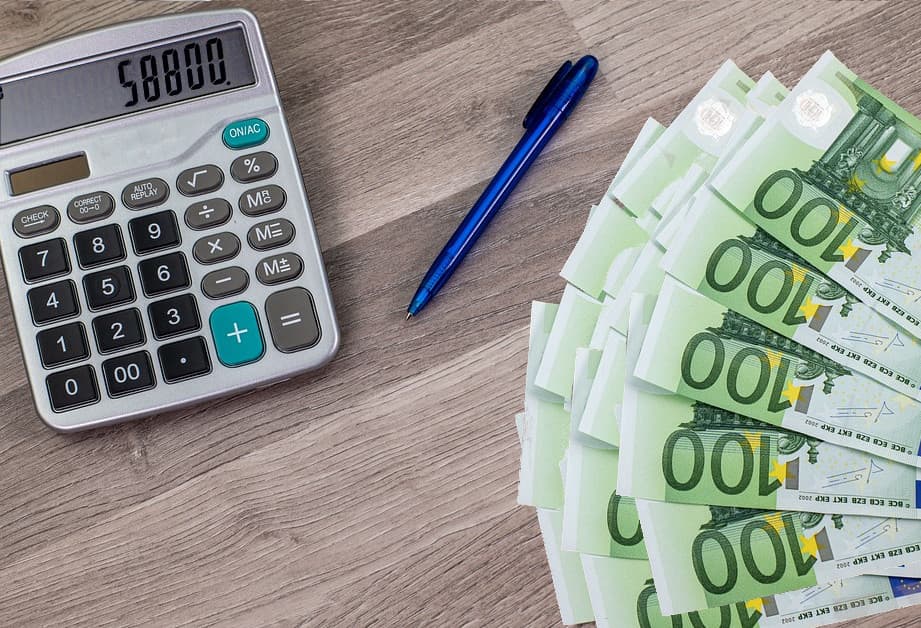Waiting for government grants can cost more than it brings in…
Although the clock has been ticking for fluorescent tubes for some time now, they are still in use in many places.
However, a lot of money can be saved by converting the lighting – like a DIY supermarket for which ECONLUX GmbH has recently planned a conversion concept with a lighting calculation:
By converting to LED, this store saves – conservatively calculated! — €58,800 in electricity costs per year straight away. This means that the savings in the first month after the conversion are already significantly more than the BAFA subsidy (after deduction of the application-related costs)!
Expensive restraint when converting to LED
Converting the entire lighting system now? Many companies are currently shying away from this investment or are waiting for more clarity regarding the possible government grants.
However, it is now clear that energy-saving conversions will continue to be subsidised! Although there have been some changes to the application process, these do not pose any major hurdles – if you work with experienced project realisers.
What is much more important, however, is that when converting to LED, the achievable cost savings often make the question of BAFA funding insignificant anyway.
This is impressively demonstrated by the example of a preliminary lighting concept for a DIY supermarket recently calculated by ECONLUX GmbH.
Electricity savings of around €4,900 net per month = €58,800 per year
We drew up an initial concept for replacing the old fluorescent tube lighting with modern LED lighting for a DIY supermarket belonging to a retail group.
An initial rough energy savings calculation was made based on the values required to fully replace the fluorescent tubes with modern LED lighting.
The result: the store will save almost 57% of electricity by converting!
For the calculation, all the luminaires from the store’s hall plan were first categorised into single and double-bulb fluorescent tubes and counted in total. In the next step, the necessary luminous flux values were calculated against this.
In accordance with the conditions and requirements on site, only LED products with at least 155lm/W were then used to calculate the replacement of the fluorescent tubes. The total power required to replace the existing fluorescent lamps is calculated from the schedule of the planned LED replacement luminaires.
A direct comparison of the electricity requirements of the old lighting compared to a conversion to modern and intelligent LED luminaires is astonishing:
The new lighting will save around 218,420 kWh of electricity per year (almost 57%)!
And this is based on a highly conservative calculation (see below for details) and without any possible further optimisation through intelligent lighting control.
After all, sensible LED lighting has other advantages in addition to the direct savings potential:
For example, the service life of LED lights is much longer than that of conventional lighting. This reduces maintenance and repair costs. In a consumer market in particular, you don’t want “dark aisles” caused by luminaire failure, but at the same time repair and replacement are not jobs that you want to carry out while the shop is open to visitors. Low maintenance and long service lives are therefore also worth hard cash.
And finally, a modern lighting concept with LEDs offers the opportunity for a variety of intelligent control scenarios that not only further maximise overall electricity savings, but can also specifically help to prevent expensive consumption peaks.
Acting now brings more than a BAFA subsidy
In view of these figures, it is clear that postponing conversion projects makes little sense. This is because it is not uncommon to “give away” more money by waiting one or a few months than a BAFA subsidy will ever bring in. For many projects, we expect investment amortisation of less than two years!
Are you still using conventional light sources? Or are you suffering from high failure rates?

Key data for the calculation:
Operating hours: Calculated from opening hours plus one hour each day (store cleaning, shop preparation, shop closing, finishing work). Electricity price: 27 cents per kWh assumed (this includes taxes and levies, but no VAT). Monthly fixed/basic costs were converted pro rata to consumption.


